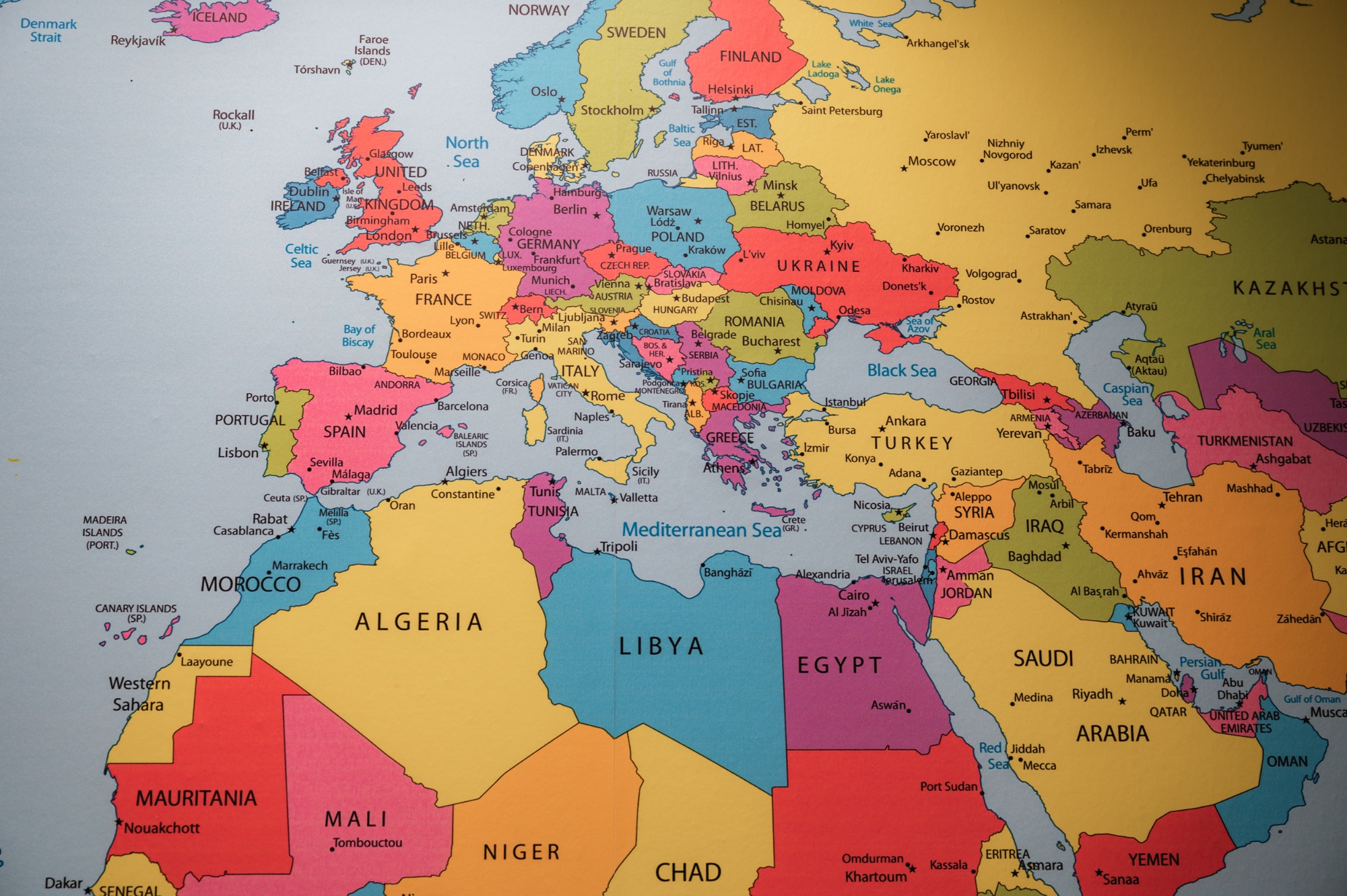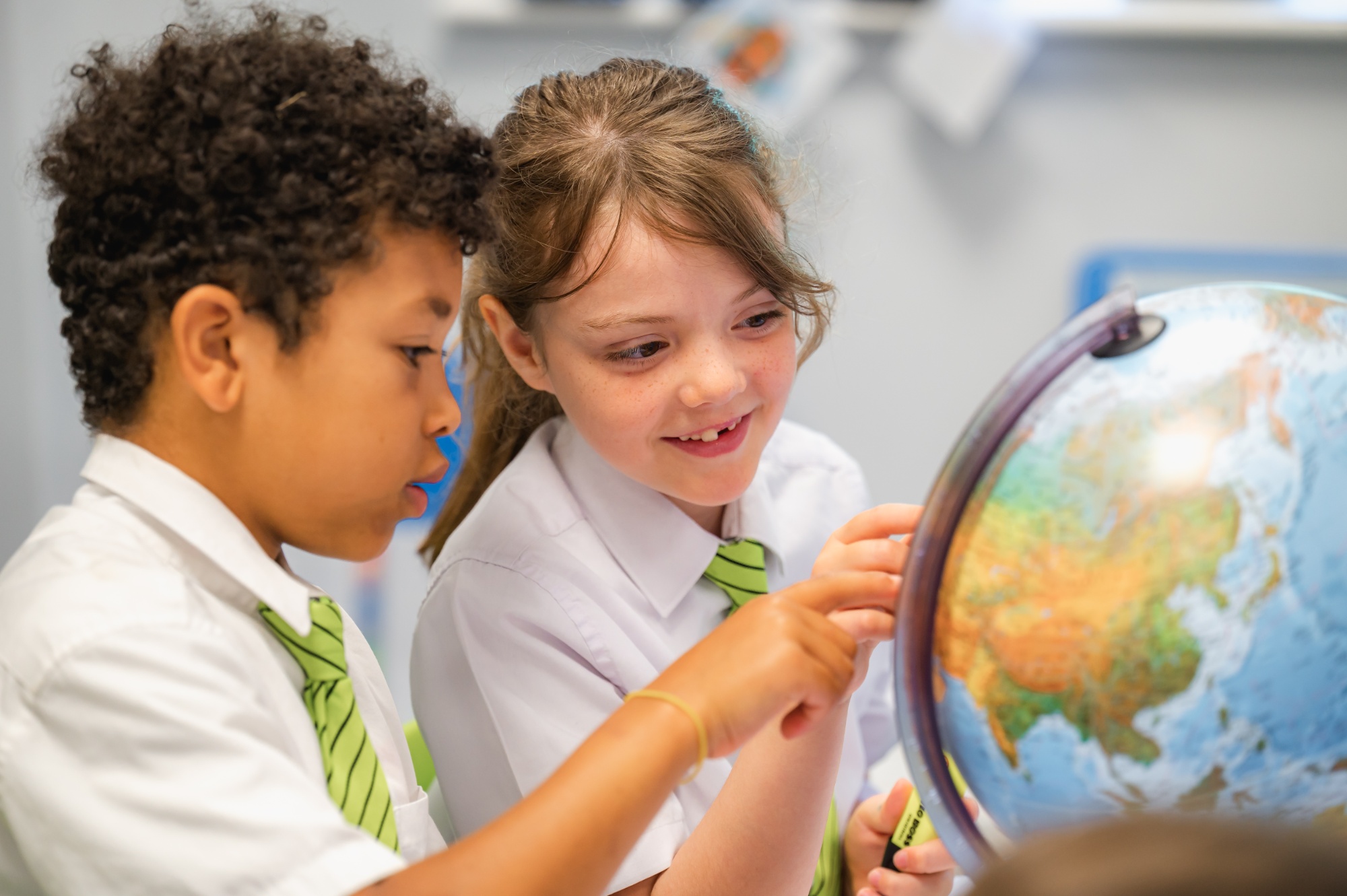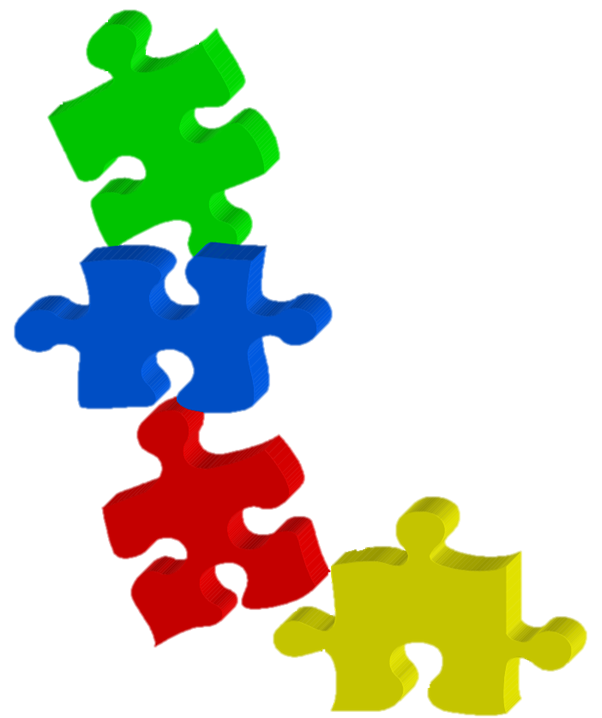Geography
Our intent:
At SEJ we believe that through learning about different land formations and the ever-changing landscapes, we gain a better understanding about the different locations and diverse cultures found around the world. We are able to identify the advantages and disadvantages of settlements; make informed judgements about how to support and prevent natural disasters; and equip children with the necessary vocabulary and terminology to enable them to have an intriguing mind to question, observe and evaluate the world around them, through classroom learning and hands on experience.
Please click here to view our geography long term overview.

Our way:
Geography lessons are interwoven using the National Curriculum objectives and Cornerstones to incorporate the skills associated with human and physical geography including map-reading skills; building an inquisitive mind amongst children; and enabling them to recall facts, make comparisons and identify differences about the world around them. Each geography-driven project begins with a ‘BIG Question’ to enthuse and engage the children in the learning that is to follow. The following series of lessons are tailored to enable the children to answer the ‘BIG Question’, which forms part of their assessment opportunity at the end of the project.
Throughout the series of lessons, key vocabulary is embedded through class discussions and planned activities. Long Term Overviews include specific vocabulary that complements the objectives for each project ensuring that there is progression from Year 3 to Year 6. It is an integral part of lessons ensuring that the geography curriculum is vocabulary-rich; the children are encouraged to use subject specific vocabulary in their discussions and written work.
Every classroom has a project board, which highlights the project that is studied. This may include key vocabulary and facts, visual aids and examples of children’s work. Each project is organised in the same manner within the children’s books. It begins with a title page; an A4 Knowledge Organiser providing key words and visual prompts; a Bubble Page; a series of lessons; and culminates in the children answering the ‘BIG Question’.
The Bubble Page is a double-page spread where the children are able to recall and reflect on their previous learning. Here, they may write definitions, draw diagrams or complete short tasks to assist in consolidating their understanding. Further recall and retrieval practice of these skills are completed during early morning tasks. Children draw upon their Bubble Page, as well as referring to the work from their lessons, to support them when answering the ‘BIG Question’ at the end of the project. Within this final piece, children are able to explain the how and why, through written responses and annotated diagrams, demonstrating their knowledge and understanding. The ‘Big Question’ and work produced during the project collectively provide the evidence for the teacher to make summative assessments.
In addition to the geography project studied, at SEJ we hold a Geography Week. This is linked to the school value of ‘aspiration’ and centres on a week of focused geography skills including locating countries; using maps and ordnance surveys; and understanding geographical similarities and differences of human and physical geography. As the children journey through SEJ, they will learn more of the world around them from their close locality of Rushden and Northamptonshire in Year 3, widening to the United Kingdom in Year 4, extending to Europe in Year 5 and finally experiencing the location, landscapes and cultures of the countries in the rest of the world in Year 6.
In order to provide children with opportunities to retain the knowledge that they have learned and consolidated, SEJ provides an ‘Innovation Friday.’ This is an opportunity for children across the whole school to reflect, revisit prior learning and celebrate their understanding through activities designed and planned for the children to display their skills. During this time, children might construct, perform or present what they have learned from the previous project such as recreating the water cycle using people and movement.

